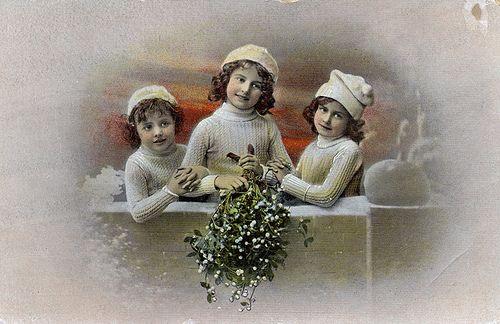- Tags:
- Working Forests,
- Something Wild

Ancient tree-worshipers – Druids - believed mistletoe possessed magical powers because it grows high in bare oaks, shedding lush green leaves even in midwinter.
Ancient tree-worshipers – Druids - believed mistletoe possessed magical powers because it grows high in bare oaks, shedding lush green leaves even in midwinter. Druids harvested mistletoe to hang in households to promote fertility. Translation of the folklore over centuries creates the holiday custom of hanging mistletoe to elicit a Christmas kiss.
More than 1,400 species of mistletoe occur on every continent except Antarctica. The secret to mistletoe’s success lies in the fact that it parasitizes host trees by tapping water and nutrients from stems and branches where it’s attached. Researchers removed 40 tons of mistletoe from tracts of Australian forests and later compared them to untreated similar areas. They discovered a general decline in forest health including disappearance of many insect-eating birds, reptiles and mammals in forests devoid of mistletoe. Once thought to be a harmful parasite, mistletoe proved to be key to ecological health – a “good guy” despite making its living at the expense of host trees.
Because it has no nutrient budget, mistletoe can well-afford to cast-off and waste green leaves chock full of nutrients. Mistletoe drops leaves four times more rapidly than the trees it parasitizes, rapidly cycling nutrients and feeding a complex food web of insects living in the leaf litter of the forest floor even during the dormant depths of winter.
Mistletoe has occupied North America for millions of years. Some forest ecologists now suggest introducing mistletoe into a degraded forests could help to restore ecosystem health- like magic- or a healing kiss.
